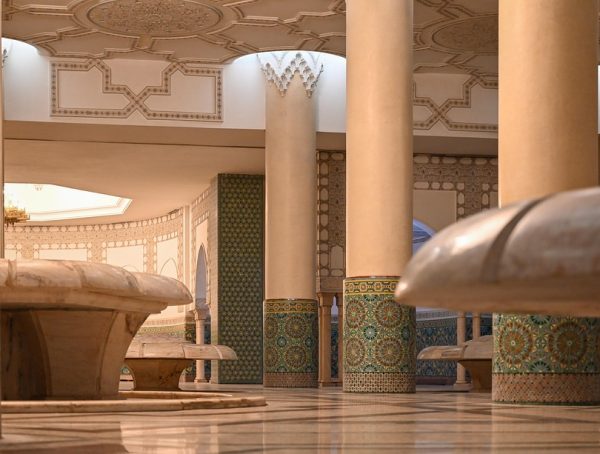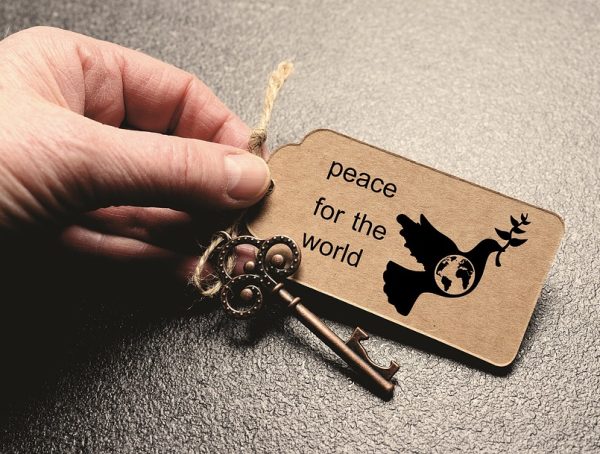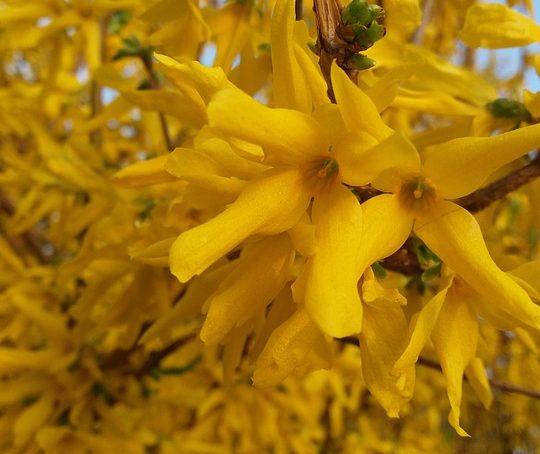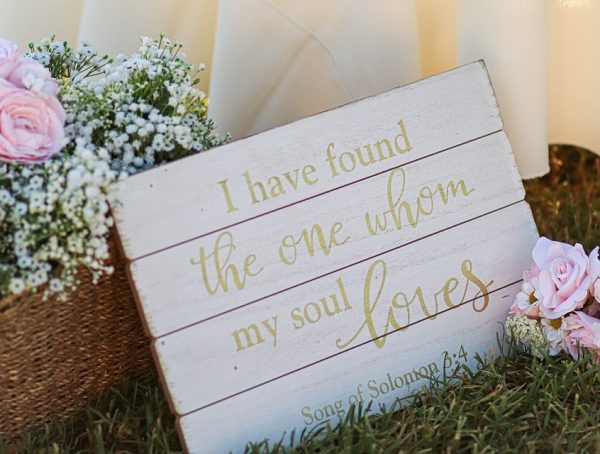7 Symbols of Peace: A Guide to Global Understanding
In a world often fraught with conflict and division, understanding and embracing symbols of peace can serve as a bridge to greater global harmony. Many cultures and religions have their own icons and concepts that embody peace, urging humans to foster compassion, understanding, and unity. Here, we explore seven powerful symbols of peace from around the globe and provide actionable steps you can take to embody and promote these ideals in your own life.
1. The Dove and Olive Branch
History: The image of a dove carrying an olive branch is one of the oldest symbols of peace, dating back to ancient times. In biblical texts, the dove returned to Noah with an olive leaf, signaling the end of the flood and the restoration of peace.
Action Steps:
- Practice Forgiveness: Reconcile with someone you’ve had a disagreement with, embodying the spirit of the dove.
- Act of Kindness: Perform a small act of kindness, like helping a neighbor or giving to charity, to promote peace in your community.
2. The Peace Sign
History: The peace sign, or nuclear disarmament symbol, was first designed in 1958 for the British Campaign for Nuclear Disarmament (CND). It has since become a universal emblem of peace, especially popularized in the 1960s anti-war movements.
Action Steps:
- Advocate for Peace: Participate in a local or online advocacy group focused on peace and social justice.
- Share it: Wear or display peace-sign merchandise to spread awareness and promote conversations about peace.
3. The White Poppy
History: The white poppy was created as an alternative to the red poppy worn on Remembrance Day in the UK. It symbolizes peace, rather than just the memory of those who died in war, and promotes a message against war.
Action Steps:
- Engage in Dialogue: Confront and discuss the idea of peace versus war with friends or family, encouraging open conversations about the costs of conflict.
- Support Nonprofits: Contribute to organizations focused on disarmament and peacebuilding, showing solidarity with the white poppy’s message.
4. The Chakras
History: In many Eastern philosophies, chakras represent different energy centers within the human body, promoting physical and mental well-being. When these centers are aligned, they can lead to inner peace and a harmonious existence.
Action Steps:
- Meditate: Incorporate meditation practices centered around balancing your chakras to cultivate inner peace.
- Yoga: Attend a yoga class focusing on mindfulness and breathing techniques, fostering a peaceful mindset.
5. The Caduceus
History: Originally, a symbol of commerce, the caduceus has often been associated with healing and peace, particularly in health care. Its implication of balance between forces signifies harmony.
Action Steps:
- Promote Wellness: Engage in community health initiatives or volunteer at local clinics to support the message of healing and peace.
- Healthy Lifestyle: Adopt healthier habits, such as a balanced diet and regular exercise, which can enhance your physical and mental peace.
6. The Rainbow
History: Across many cultures, rainbows symbolize hope and new beginnings. After a storm, they often serve as reminders of peace and tranquility.
Action Steps:
- Be Inclusive: Advocate for diversity and acceptance within your community, echoing the symbolism of unity that a rainbow represents.
- Celebrate Differences: Organize or participate in community events that celebrate various cultures, emphasizing the beauty of diversity.
7. The Lotus Flower
History: In Buddhism and Hinduism, the lotus flower symbolizes purity, enlightenment, and rebirth. The flower rises from muddy waters yet blooms beautifully, representing the triumph of peace over chaos.
Action Steps:
- Self-Reflection: Dedicate time for self-reflection and growth, allowing yourself to “rise above” any current difficulties or conflicts in your life.
- Practice Gratitude: Create a daily gratitude journal, focusing on the positive aspects of your life and the peace you can cultivate within.
Conclusion
The journey towards understanding and embodying peace is both personal and collective. By embracing these symbols of peace and integrating their messages into our lives, we open doors to deeper connections with ourselves and others. Let these symbols inspire you to take practical steps toward peace, whether through acts of kindness, conversations about social justice, or personal reflection.
As you navigate your path towards peace, remember this uplifting thought:
"The only way to do great work is to love what you do." – Steve Jobs
If you found this article inspiring and resonant, consider following Kevin Steineman on Instagram @KSteineman for more uplifting content and guidance on living peacefully and purposefully.
You might also like
More from Mindfulness
Where Peace Resides: Nature Quotes for Stillness
Where Peace Resides: Nature Quotes for Stillness In a world of incessant noise and relentless activity, finding moments of tranquility can …
A Collection of 35 Short Peace Quotes for Everyday Life
A Collection of 35 Short Peace Quotes for Everyday Life In the hustle and bustle of modern life, it’s easy to …
30 Short Quotes That Will Bring You Inner Peace
30 Short Quotes That Will Bring You Inner Peace In the hustle and bustle of everyday life, finding inner peace can …

































